Xunantunich means "Maiden of the Rock" in Mayan. It is located about 120 kilometers from Belize City near the Maya village of San Jose Succotz. To get to the ruins you need to take a ferry, with your car, across the Mopan River. The ruins of Cahal Pech and El Pilar are both located very near Xunantunich. There is written evidence suggesting that the city was once called Benque Viejo. The ruins are situated on the border of Guatemala near a dense concentration of Maya sites. Xunantunich lies almost straight east of Tikal and may in fact have been a fairly important provincial center, perhaps a regional capital. There is a fine astronomical carved frieze on the main palace building.
The site of Xunantunich has been the center of archaeological attention for over 100 years beginning in the 1880's. Unfortunately, some of the very early excavation techniques included the use of dynamite. Some of the depressions on top of the temple could possibly be the result of using these damaging excavation techniques. Data from the numerous excavations at this site reveal that Xunantunich was a thriving city near the end of the Classic Period and very close in time to the collapse of the entire Mayan Civilization. This is intriguing because the colossal city of Tikal, a few miles to the west, was already abandoned at this time.
Restricted in space probably due to being placed on the hilltop, the center of Xunantunich occupies an area less than a square kilometer. The elite and middle working class residential structures spread only a few kilometers into the surrounding hillsides. The center is composed of six major plazas surrounded by more than 25 temples and palaces.
The large pyramid, El Castillo, is well known for the frieze or band of stucco decoration which at one time extended around the entire temple. Archaeologists have been slowly examining and restoring the frieze. The carved elements are signs. The mask with the "big ears" and ear ornaments represent the sun god. Next to that is the sign for the moon, and then a border of signs which represent Venus and the different Mayan days. There is also an unidentified headless man who was deliberately beheaded by the Maya for some reason.
In the early 1990's a concerted, systematic excavation was begun. New friezes have been uncovered on El Castillo,and some consolidation of the main temple is currently taking place.
To date, eight stelae and two altars have been found in the central group. Normally, stelae display carved date glyphs. But the high ratio of plain stelae suggests that they might have been coated with plaster and the glyphs painted onto or incised into the plaster which has now weathered away. Two carved stelae were found at the base of one of the main temples, both knocked down possibly by trees. Unfortunately one of the stelae fell face up and all the carvings were weathered away.
Recently, a beautiful museum has been built on-site. Three dimensional models of the entire site have been constructed, as well as displays showing the evolution of the Mayan Civilization, and how Xunantunich fits into the picture that archaeologists are constructing of these people. Some of the stelae from the site are now protected and on display at the museum.

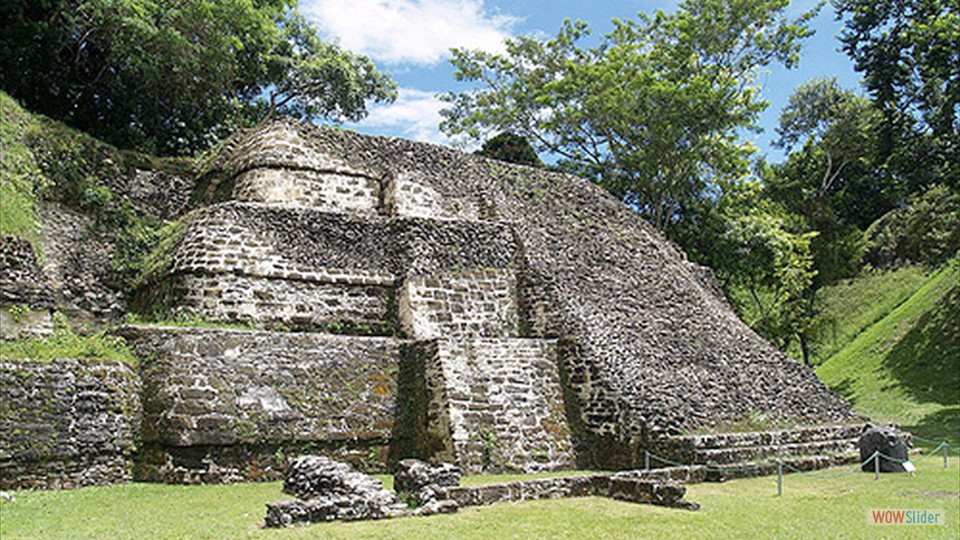
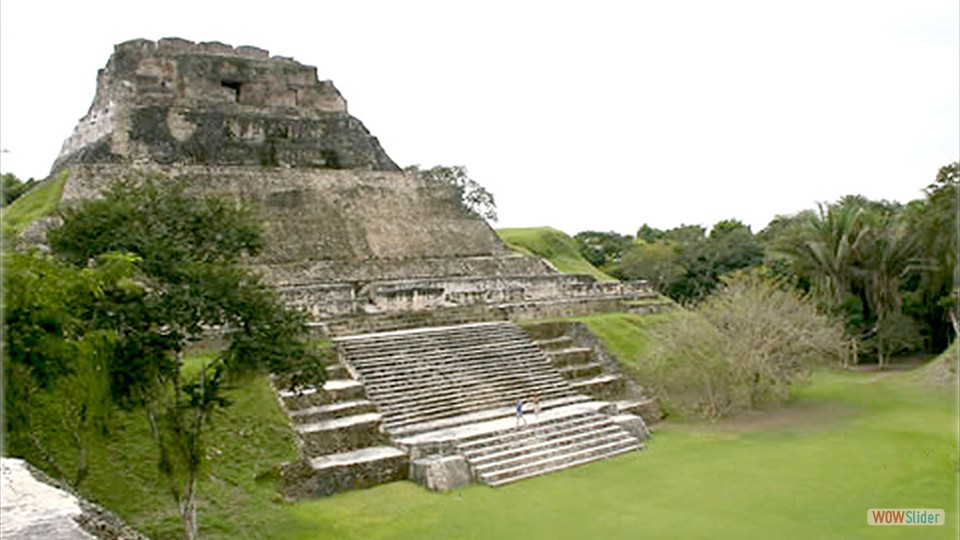
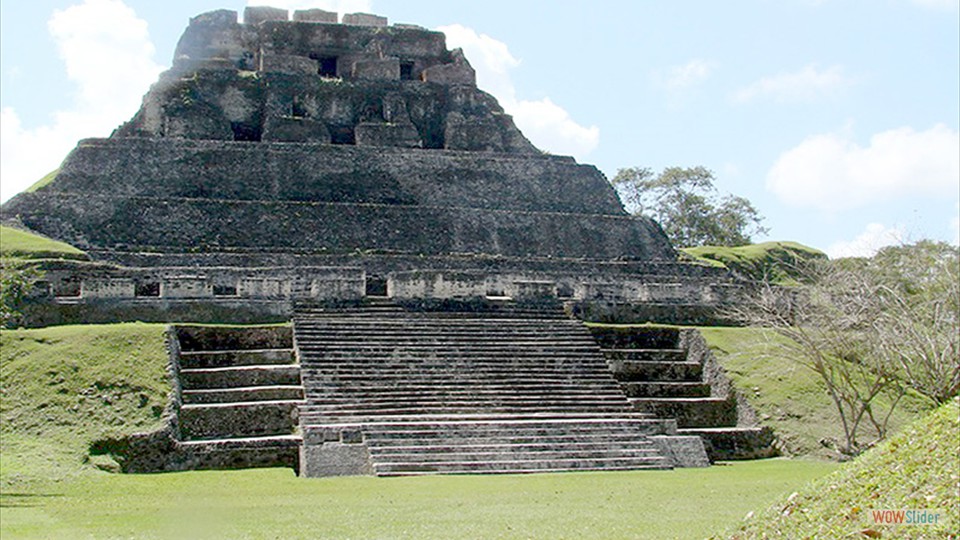
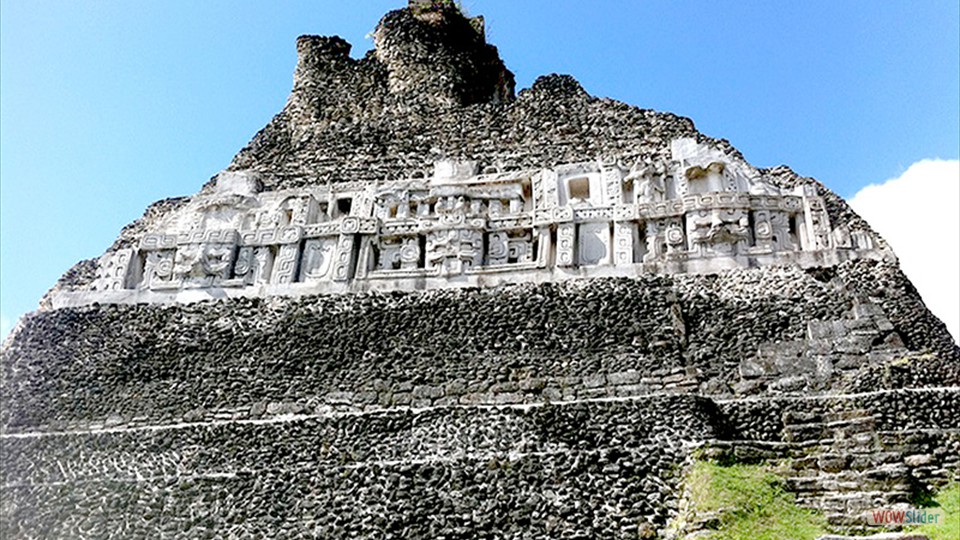
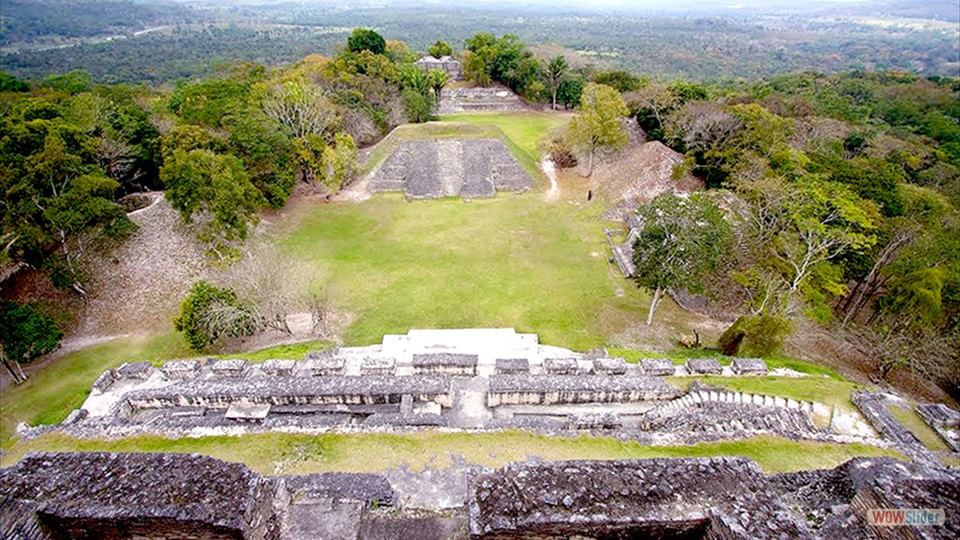
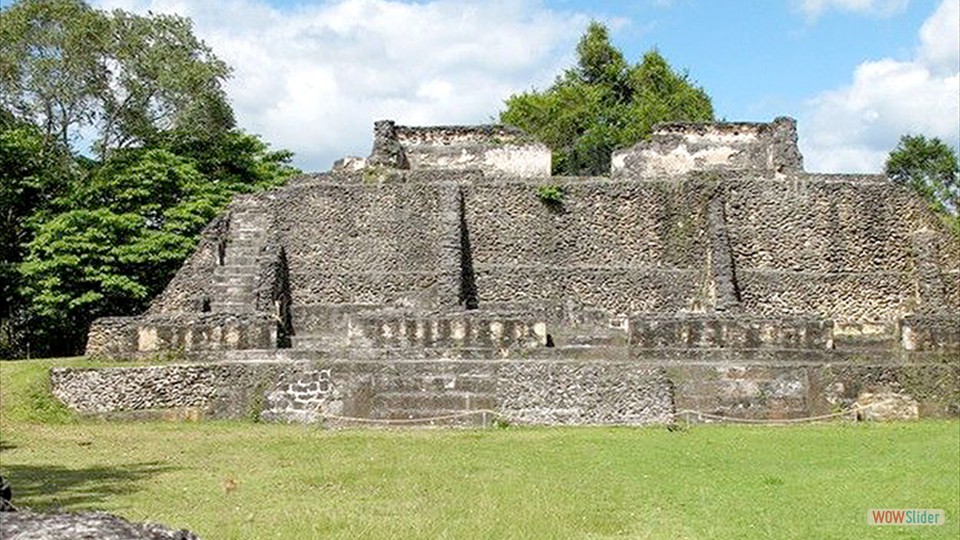
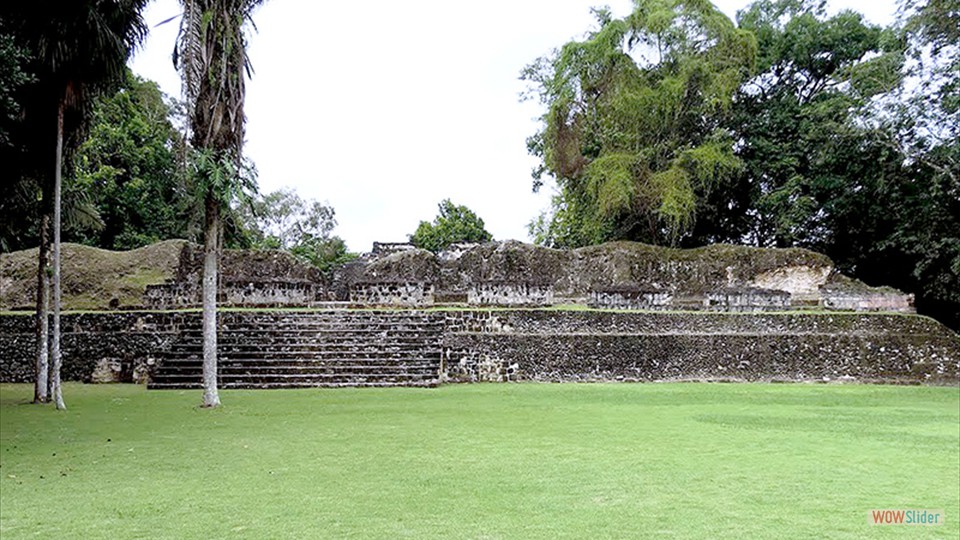
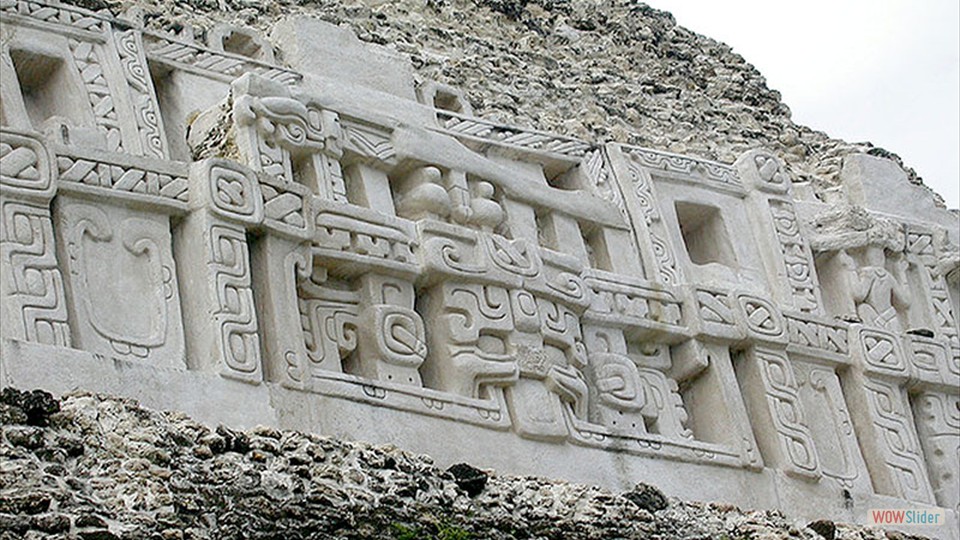
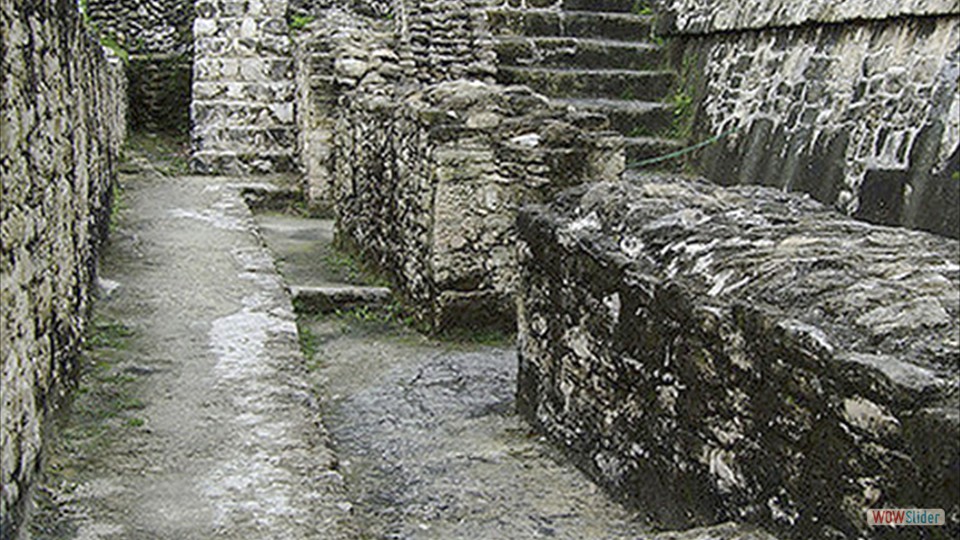
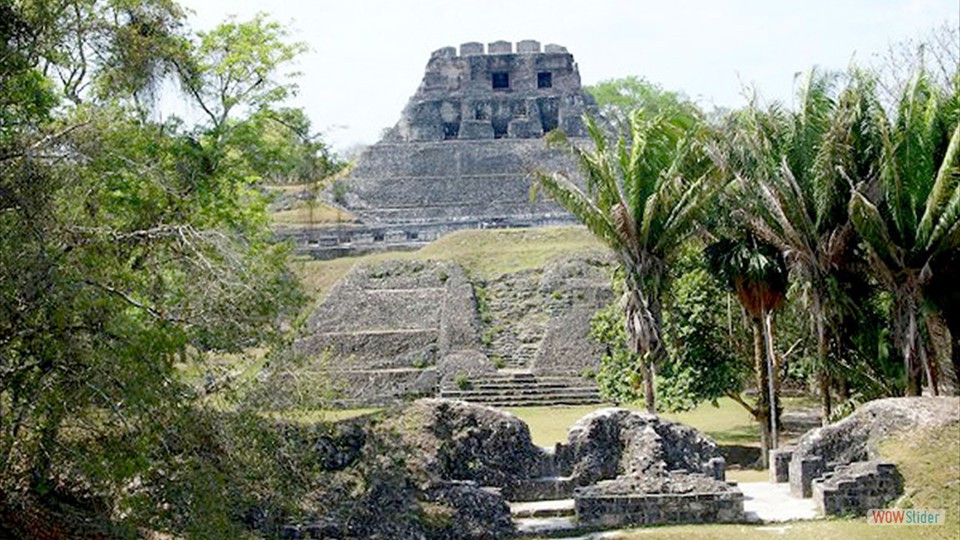
 1
1 2
2 3
3 4
4 5
5 6
6 7
7 8
8 9
9 10
10